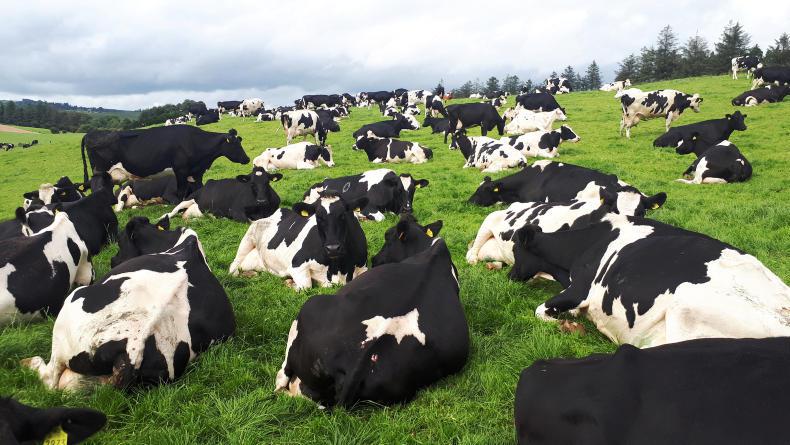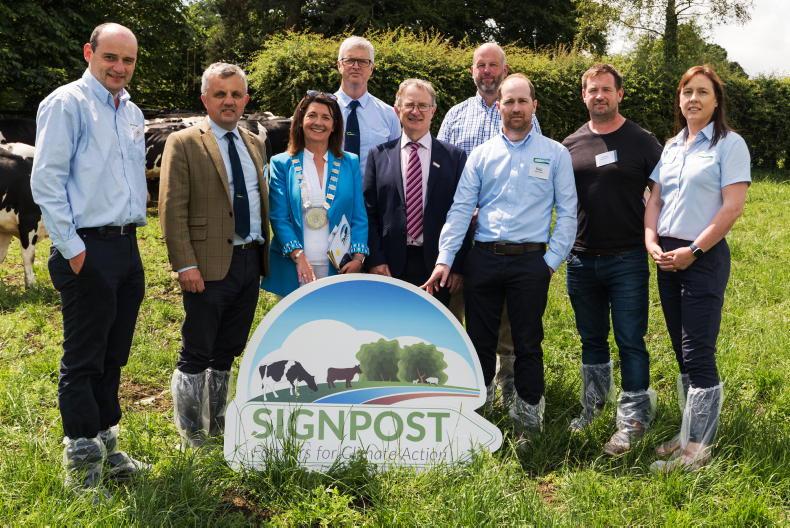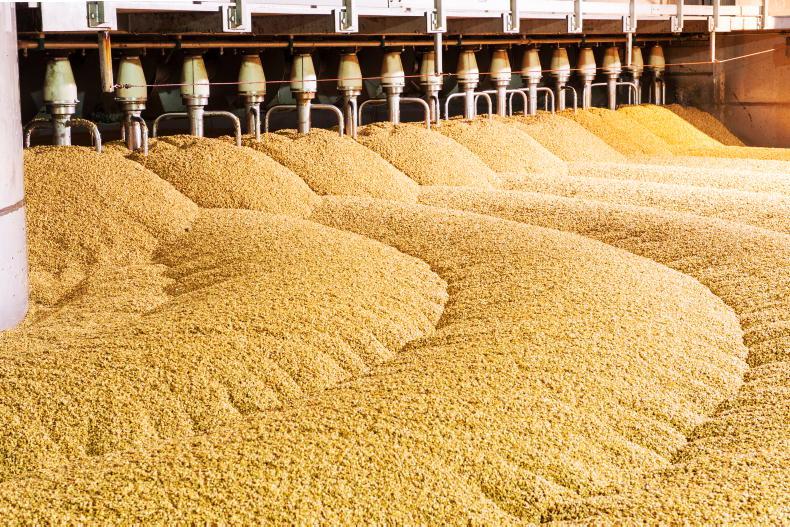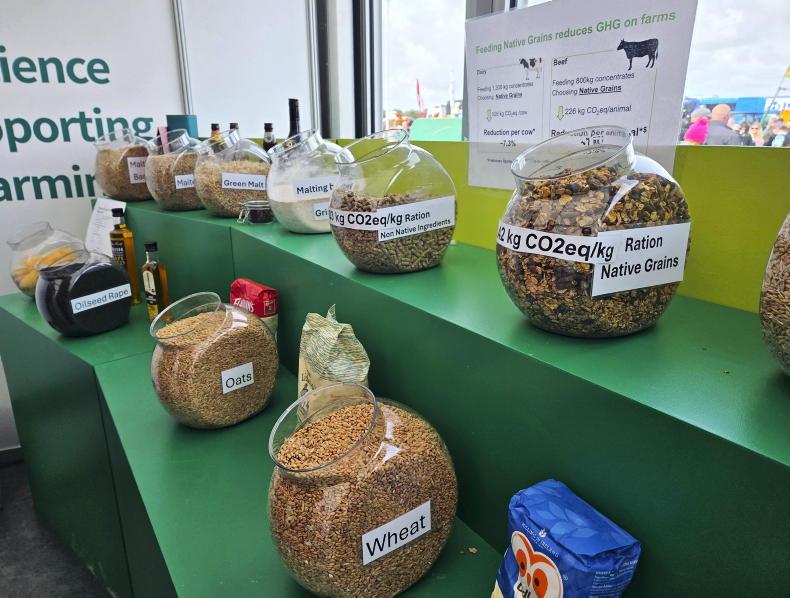I'm often asked what is the long-term view on dairy products, milk production and will there still be demand for Irish dairy products in 10 years time.
The statisticians and advisers suggest EU milk production is projected to grow at a moderate rate of 0.6% per annum between 2020 and 2030.
So it's positive, but it is a slower rate compared with the past.
Milk production
MIlk production is set to adapt to sustainability objectives, such as animals lasting longer, increasing carbon sequestration and more efficient manure management among the factors aimed at reducing greenhouse gas emissions per kilo of milk produced by 2030.
All these issues are at play in Irish dairying at the moment - breeding driving better cows with EBI, grazing grassland rather than conserved forages and better slurry storage and better ways of spreading that slurry on the majority of farms.
So what about the milk? This week on Farm Tech Talk, I asked nutrition manager with the National Dairy Council (NDC) Marianne Walsh that very question and she updated us on hers thoughts and those of her European network of specialists (watch Farm Tech Talk here).
Changing consumer demands
In summary, she is suggesting that changing consumer demands should also provide opportunities for dairy products produced in non-conventional production systems, such as grass-based (like Ireland) and maybe other options such as organic.
She stressed that milk in general had a lot of the qualities you want to see in a food for the next 10 years as we look to quality food with high nutritional value.
Exports
The EU is expected to remain as the world’s largest dairy exporter, as population and income growth could increase global demand for dairy products, despite an increasing self-sufficiency worldwide.
Cheese processing is projected to benefit the most from the additional milk produced, driven by both domestic and global demand: the EU is expected to account for 49% of global cheese exports in 2030.
After historically high butter prices in 2017-2018, the EU butter market is due to stabilise between 2020 and 2030, supported by increasing retail sales in the EU and steady export demand.
Stable
Per-capita consumption of yoghurt and cream are expected to remain stable, the former facing increasing competition from alternative dairy products which are gaining popularity (eg Skyr), while liquid milk consumption is projected to decline at a slower rate than in the last 10 years (-0.7%), thanks to segmentation of production systems.
That's a quick snapshot of a view into the crystal ball for the next 10 years.










SHARING OPTIONS